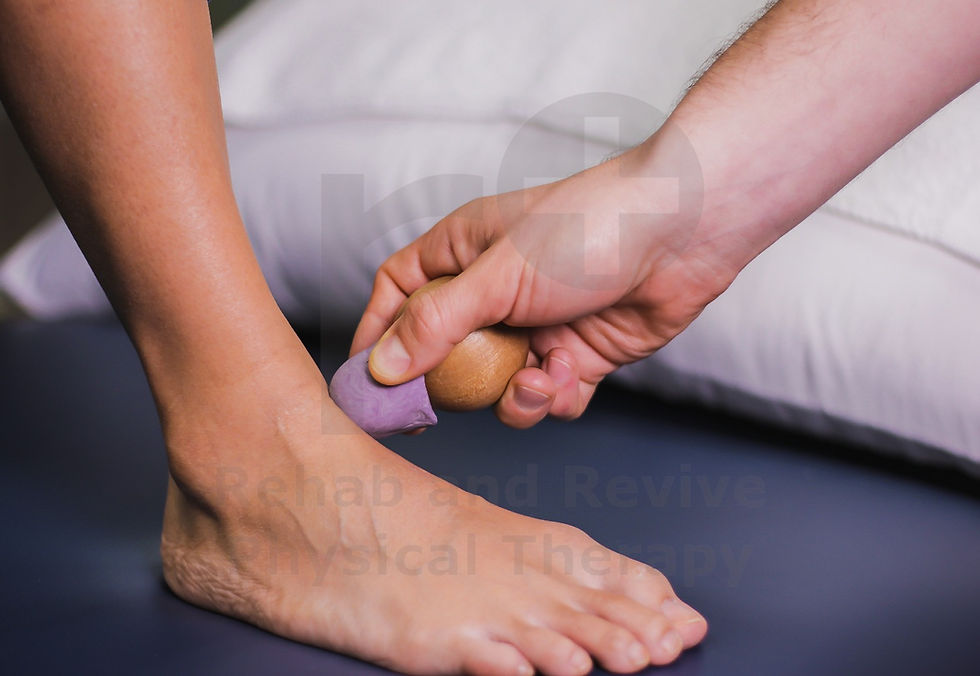The Truth About Ankle Sprains
- Dr. Justin C. Lin

- Sep 12, 2017
- 3 min read

Maybe you’ve had it once in your life or maybe it happens quite often -- that feeling of missing a step and rolling your ankle over. Spraining your ankle isn’t the most joyous occasion and will certainly ruin your day. For starters, a good amount of swelling and bruising on the surface may happen. In addition, putting weight down on the side you sprained may cause great discomfort and you may limp for a couple of weeks. And in serious cases, ligament damage and bone bruises can occur with even a possibility of a fracture.
In all cases the best thing to do is to ice it immediately and continue to ice until the swelling subsides, typically 4-7 days. Also, try to get off of it which means getting yourself a cane or crutches before you adopt a funky walking pattern that may affect your neck, lower back, knees, and shoulders, later in life.
Your immediate goal is to decrease the swelling and aside from icing, elevate it above your heart and wrap it with some elastic wrapping to compress it.
When Should You Seek Medical Attention:
You should see a Medical Doctor or a Doctor of Physical Therapy immediately. In all cases the injury could be severe enough and a fracture may have happened so don’t wait. However, if you don't see a professional right away and if things don’t get slightly better in 3-4 days -- what I mean is you still can’t tolerate even a toe on the ground (of the side you sprained) -- there is a good possibility that a fracture has occurred. As I previously referred above about compensations and recruiting poor motor habits…they happen immediately and to get a “leg up” on this healing process seeing someone to introduce a program to get you back on your feet is really key in mitigating other issues.
Why did I sprain my ankle? In many cases there is a slight leg-length difference (for those chronic ankle sprains). What happens here is that one leg anticipates the other leg to hit the ground at the SAME time with the SAME length at the SAME pace and just being slightly off will cause the side you sprain to be unstable.
If you’ve sprained it in the past, chances are your body has disconnected from the balance or pressure receptors in your ankle. This also means the chances of spraining it again have increased. Another point to note is your walking pattern. The pattern you choose to walk will increase the chances of your foot hitting the ground at the incorrect angle and creating an unsteadiness. So picking up your legs when walking and not shuffling is a big hint.
Check out Dr. Lin re-educating and taping a sprained ankle! See more of our Youtube videos here.
Rehab and Prevention:
Ankle circles clockwise and alphabets, strengthening your hip muscles with crab walking, single-leg balancing with your eyes open and eyes closed are all key exercises in getting your receptors and the right walking and postural muscles ready for those uneven surfaces. Footwear is also key, so switching out your old shoes with shoes that offer support and have backing will decrease the chances of spraining your ankle. Flip-flops and sandals are a big no-no for those with chronic ankle sprains so don’t go there. Don’t forget to seek a Doctor of Physical Therapy in cases where you think you may have a shorter leg (whether it was from birth or poor pelvis alignment.
Your Friend,
Dr. Justin Lin





Comments